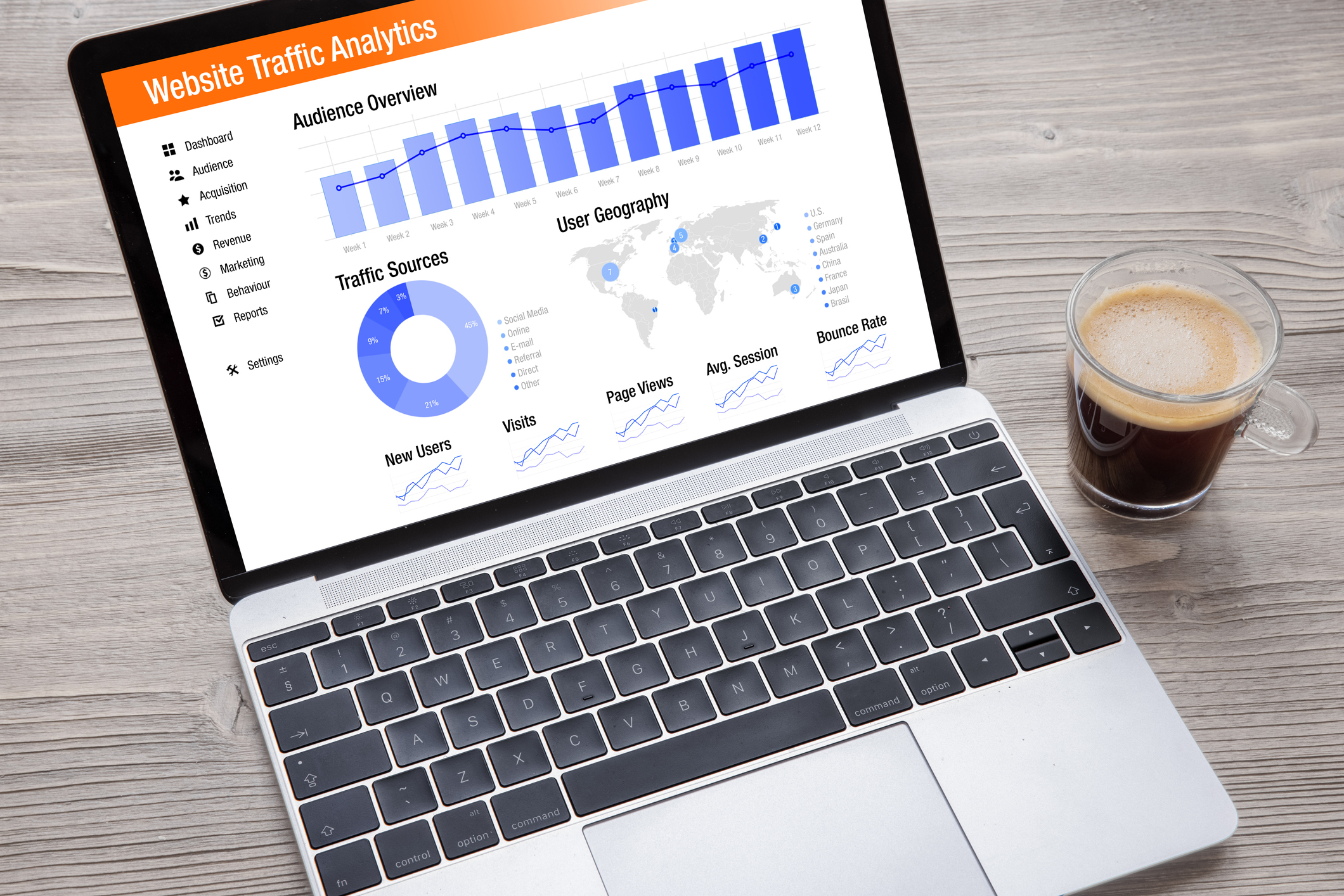As independent retailers, we are constantly working to improve our businesses. How can we deliver more value to our customers, boost online and in-store sales, or incentivize sales associates? And what can we do to make our digital strategy better than the previous year?
While it’s important to reassess your digital strategy in any given year, economic uncertainty of 2023 has upped the stakes for savvy retailers who have invested in a smart e-commerce presence. Consider a fresh digital ad strategy that shows up where online shoppers are and forges deeper relationships, keeps your store competitive and amplifies your brand.
Here are three tips retailers can implement to make the most of your digital strategy in 2023.
1. Incorporate both cooperative and brand advertising.
Cooperative advertising comes together when multiple parties form a mutually beneficial promotion, while brand advertising focuses on your store’s brand and value proposition. Blending these distinct types of advertising as a strategy can deliver powerful results. Long-held strengths of cooperative advertising lie in its ability to save marketing dollars while casting a wide net to a targeted and engaged audience, while brand ads allow you to showcase your business and the many reasons shoppers should do business with you.
As cooperative campaigns run for your store throughout the year—think manufacturers’ seasonal promotions like New Year, summer and Black Friday campaigns—incorporate brand advertising campaigns to promote your store’s unique brand with custom-created ads specific to special events and brand messaging.
2. Tie your content together.
For any online ad strategy, it’s imperative to consider all the various platforms on which your store’s digital presence resides, from your website to the blog and social media accounts. Maintain an active, on-brand presence for your store across all platforms and ad types (e.g., Google Search, Display, Shopping), and consider content the key to tying everything together.
When you think of “content,” consider three Cs: Developing cohesive, consistent and compelling messaging tailored to each platform that generates awareness in your store and interest in your promotions, as well as conversions. This “cross-platform campaign” approach meets shoppers where they’re at to create a seamless omnichannel experience, exposing shoppers to your store and your promotions multiple times.
For example, your key messages may include, “Free local delivery,” “Low price guarantee” or “Presidents’ Day Blowout Sale.” For the greatest impact, leverage each platform to deliver the message in an impactful, consistent way.
Think about when your prospect clicks on one of your display ads and they’re sent directly to your website. Once there, you want them to see the same messaging and imagery as your display ad, reinforcing the message and giving you the best chance of shoppers engaging with you.
3. Promote finance options.
When it comes to e-commerce, savvy retailers know that giving online shoppers simplicity and convenience makes it easier for them to purchase from you. Nothing says simplicity and convenience like having finance options. With the plethora of finance options out there in the e-commerce ecosystem, these are a must-have (and must-promote!) in your e-commerce mix:
- PayPal – It has since surpassed all e-wallet providers. A recent Nationwide Marketing Group blog post, Data Shows Alternative Payments Need to Be Part of Your E-Commerce Strategy, cites: “…the share of online payment users who use PayPal greatly outweighed the other major services. In the U.S., 82 percent of consumers report using the service. Apple Pay, Google Pay and Amazon Pay were used by 27 percent, 28 percent and 25 percent of consumers, respectively. Elsewhere around the globe, PayPal was used by at least 90 percent of users.”
- Apply and Buy – Both Wells Fargo and Synchrony Financial integrations are available for for e-commerce instant financing as an “apply and buy” option consumers have increasingly come to expect. Shoppers can apply for, get approved for, and purchase with a Wells Fargo or Synchrony Financial credit card within minutes—all from your website.
The apply and buy option has been proven to convert more buyers, particularly for big-ticket purchases such as appliances and furniture. It can also reduce cart abandonment and increase overall sales—the leading metrics in the rise of e-commerce instant financing. According to a survey from e-commerce payment solutions provider Klarna, “nearly half of online retailers (46 percent) confirmed that instant financing reduced cart abandonment; two-thirds (64%) believed that providing financing options at checkout increased overall sales.” - Buy Now, Pay Later (BNPL) – This option has experienced unprecedented growth. BNPL allows shoppers to split their purchases into smaller, interest free and equal installments, paying over time rather than the full price upfront. Zip, formerly Quadpay, a PNPL provider, offers payment plans through its mobile app and can be used to shop at many large retailers, including Amazon and Best Buy, as well as on some independent retailers’ websites.
The global BNPL market accounted for $125 billion in 2021 and is expected to reach around $9.2 billion by 2032, according to a report published by Precedence Research. In 2021, North America dominated the market, accounting for more than 30 percent of worldwide sales. According to the survey, “approximately 56 percent of Americans have used a BNPL service, up from 38 percent the year before. Consumers have a high affinity and involvement with this type of point-of-sale installment loan, which leads to large recurrent usage.”
Consider these tips as you look to refresh your digital strategy in 2023. For more digital insights or to schedule a demo to see everything you need in an e-commerce web presence to drive additional sales for your business, contact Retailer Web Services at (800) 417-2799 or visit retailerwebservices.com.




